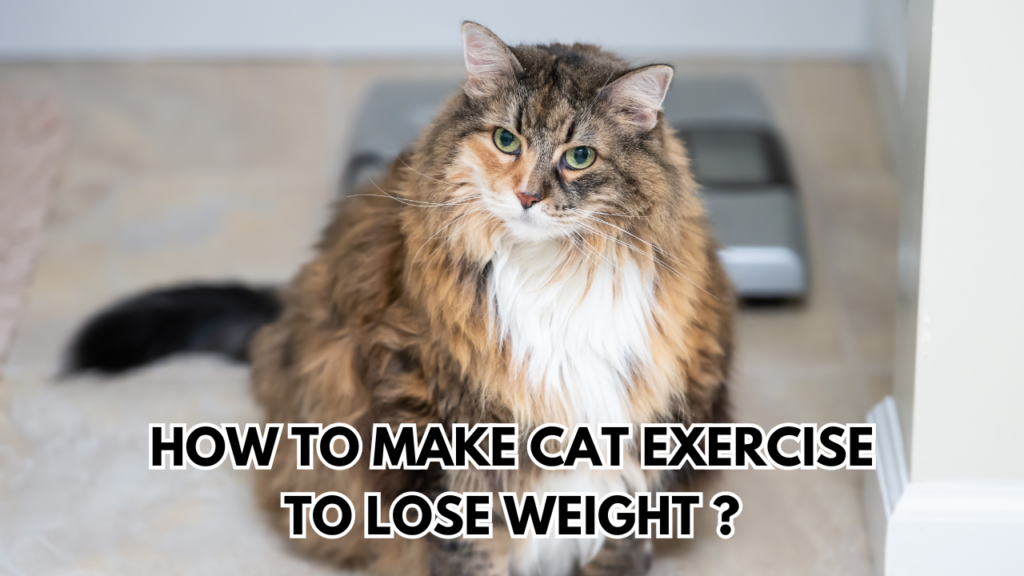You want the best for your furry friend, but with so many options on the market, it can be tough to figure out what the healthiest food for your cat is. Should you go for dry cat food, wet cat food, or maybe even raw? What is the healthiest food for cats ?
Understanding what makes a cat’s diet healthy can help you make the best choice for your pet. In this article, we’ll break down the essential components of a cat’s diet, explore different types of cat food, and offer tips for selecting the best option. By the end, you’ll feel confident about feeding your cat the healthiest diet possible.
- Essential Nutrients for Cats
- Types of Cat Food
- What to Look for in Cat Food
- Transitioning to a New Food
- Common Feeding Mistakes
- Bonus Tip
Why Cat Nutrition Matters
Cats are obligate carnivores. This means their diet must consist primarily of meat.
Unlike dogs, cats cannot thrive on a diet that includes plant-based proteins. They need certain nutrients found only in animal tissues.
Providing the right balance of nutrients ensures your cat stays healthy, energetic, and happy.
Essential Nutrients for Cats
To keep your cat in top shape, their diet should include the following essential nutrients:
Protein
Cats need a high-protein diet. Animal-based proteins like chicken, beef, and fish are excellent sources. Protein supports muscle growth, energy, and overall health.
Taurine
Taurine is an amino acid critical for heart health, vision, and reproduction. Cats cannot produce enough taurine on their own, so it must be included in their diet. Meat and fish are good sources.
Fats
Fats are a concentrated energy source and help absorb fat-soluble vitamins. Omega-3 and omega-6 fatty acids are particularly important for a healthy coat and skin.
Vitamins
Vitamins such as A, D, E, and B-complex vitamins are vital. They support various bodily functions, from vision to immune system health.
Minerals
Minerals like calcium, phosphorus, and magnesium are crucial for bone health, nerve function, and metabolic processes.
Water
Hydration is key. Cats often do not drink enough water, making moisture-rich foods important to prevent urinary and kidney issues.
Types of Cat Food
Cat food comes in various forms, each with its pros and cons. Here’s a look at the main types:
Dry Cat Food (Kibble)
Pros :
Convenient and easy to store.
Helps keep teeth clean.
Long shelf life.
Cons:
Lower moisture content can lead to dehydration.
Often contains fillers and carbohydrates, which cats don’t need.
Wet Cat Food (Canned)
Pros:
Higher moisture content helps with hydration.
Typically has more animal protein.
More palatable to many cats.
Cons:
More expensive than dry food.
Shorter shelf life once opened.
Can contribute to dental issues if not balanced with dry food.
Raw Food
Pros:
Mimics a cat’s natural diet.
High in protein and moisture.
No preservatives or fillers.
Cons:
Requires careful handling to avoid bacterial contamination.
Can be time-consuming to prepare.
Needs to be nutritionally balanced, which can be challenging.
Homemade Food
Pros:
Complete control over ingredients.
Can be tailored to your cat’s specific needs.
Cons:
Time-consuming to prepare.
Requires careful planning to ensure nutritional balance.
Can be expensive.

What to Look for in Cat Food
When selecting cat food, it’s important to read the labels and understand what you’re feeding your cat. Here are some tips:
Check the Ingredients
Look for real meat as the first ingredient.
Avoid foods with fillers like corn, soy, and wheat.
Choose food with named meat sources (e.g., “chicken” rather than “meat by-products”).
Look for Nutritional Completeness
Ensure the food meets the AAFCO (Association of American Feed Control Officials) standards for complete and balanced nutrition.
Consider Your Cat’s Specific Needs
Age, health conditions, and activity level can influence dietary needs. Kittens, adult cats, and senior cats have different nutritional requirements.
Avoid Artificial Additives
Stay away from foods with artificial colors, flavors, and preservatives. These can be harmful in the long run.
Transitioning to a New Food
Switching your cat’s food too quickly can cause digestive upset. Transition gradually over a week. Start by mixing a small amount of the new food with the old food, gradually increasing the new food and decreasing the old food each day.
Common Feeding Mistakes
Overfeeding
Obesity is a common issue in cats. Follow feeding guidelines and monitor your cat’s weight.
Free-Feeding
Leaving food out all day can lead to overeating. Scheduled feedings help control portions.
Inconsistent Diet
Stick to a consistent diet. Frequent changes can upset your cat’s stomach.
Bonus Tip: Hydration is Key
Cats are not always good at drinking water. To ensure your cat stays hydrated, consider these tips:
- Provide fresh water daily.
- Use a cat water fountain to encourage drinking.
- Include wet food in their diet to increase moisture intake.
Read: How do I know if my cat’s food is good and high quality?
Feeding your cat the healthiest food is crucial for their well-being. Understanding their nutritional needs and selecting high-quality food can make a big difference in their health and happiness. Whether you choose dry, wet, raw, or homemade food, ensure it provides the essential nutrients your cat needs.
Taking the time to choose the right food for your cat shows how much you care about their health.
Pay attention to their preferences, monitor their health, and consult your vet if you have any concerns. A healthy diet leads to a happy, thriving cat, and that’s something every pet owner wants.***
Watch Videos about Cat & Kitten Care on Youtube @naowthecat